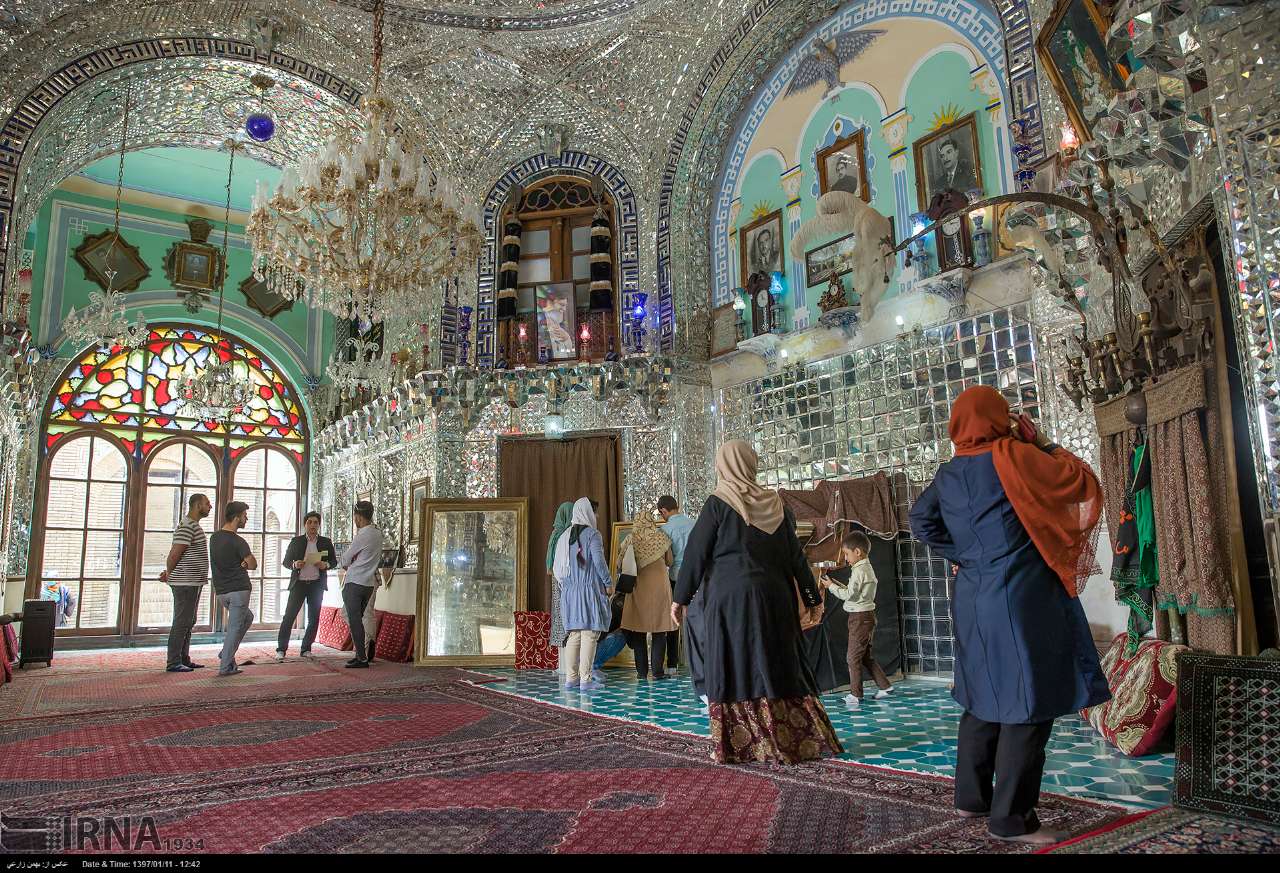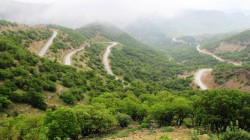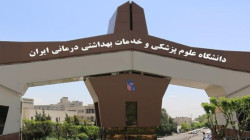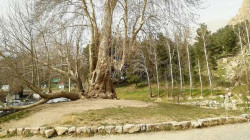600 artifacts stolen from Biglar Beigi Tekyeh treasures in Kermanshah

Shafaq News/ Iranian reports revealed the loss of 600 historical artifacts from the treasures and storerooms of the "Biglar Beigi" Tekyeh in the Kurdish province of Kermanshah.
The Public Relations of the Directorate of Cultural Heritage, Tourism, and Handicrafts of Kermanshah Province clarified that the missing artifacts have no historical value and are related to the field of anthropology. These items were mostly used to display the lifestyle of the province's people. They were collected by experts from the Directorate General in past periods from the province's villages and associated storerooms for use in anthropological museums.
The Biglar Beigi Tekyeh Palace began construction in 1930 by Abdullah Khan Farashbashi, nicknamed Biglar Beigi, a prominent official in Kermanshah during the Qajar era, and was completed in 1936. The Tekyeh is one of the most beautiful buildings in Kermanshah Province, adorned with carvings, decorations, and bricks, creating an eye-catching scene.
Fourteen years after building his residence, Abdullah Khan Farashbashi added the Hosseinieh section to hold mourning ceremonies for the people. In 2004, a museum called the Museum of Calligraphy and Writing was opened in the Biglar Beigi compound, containing documents and manuscripts on display for visitors. Additionally, the site houses the Zagros Museum of the Paleolithic Age, the only Paleolithic museum in the Middle East.





